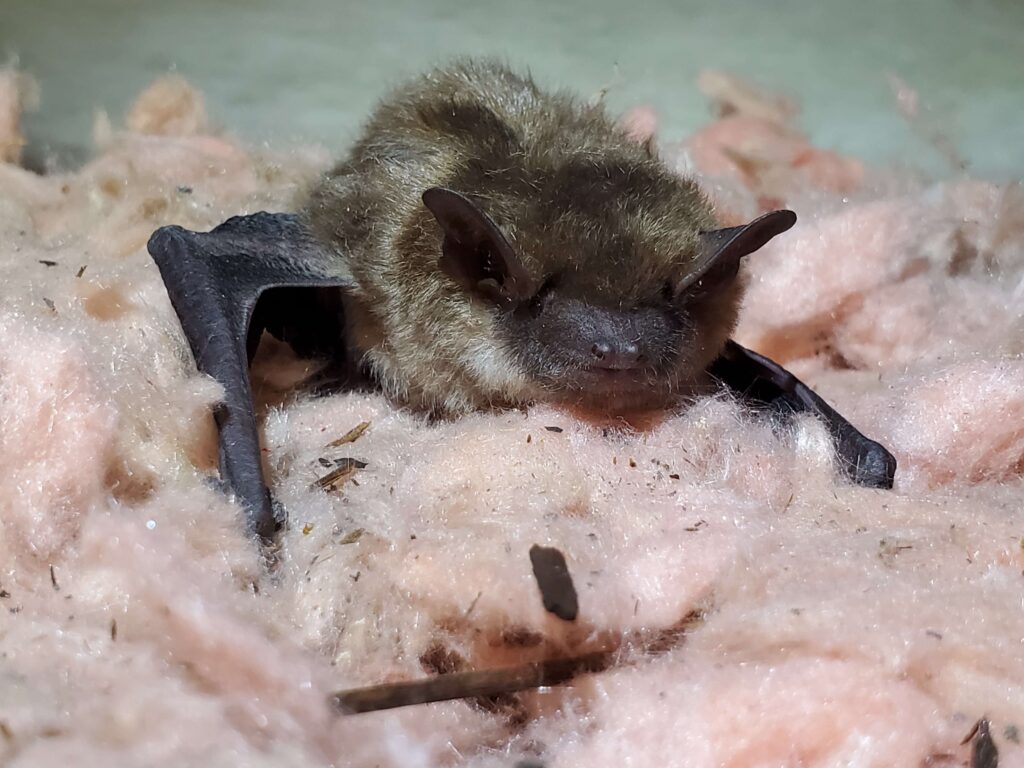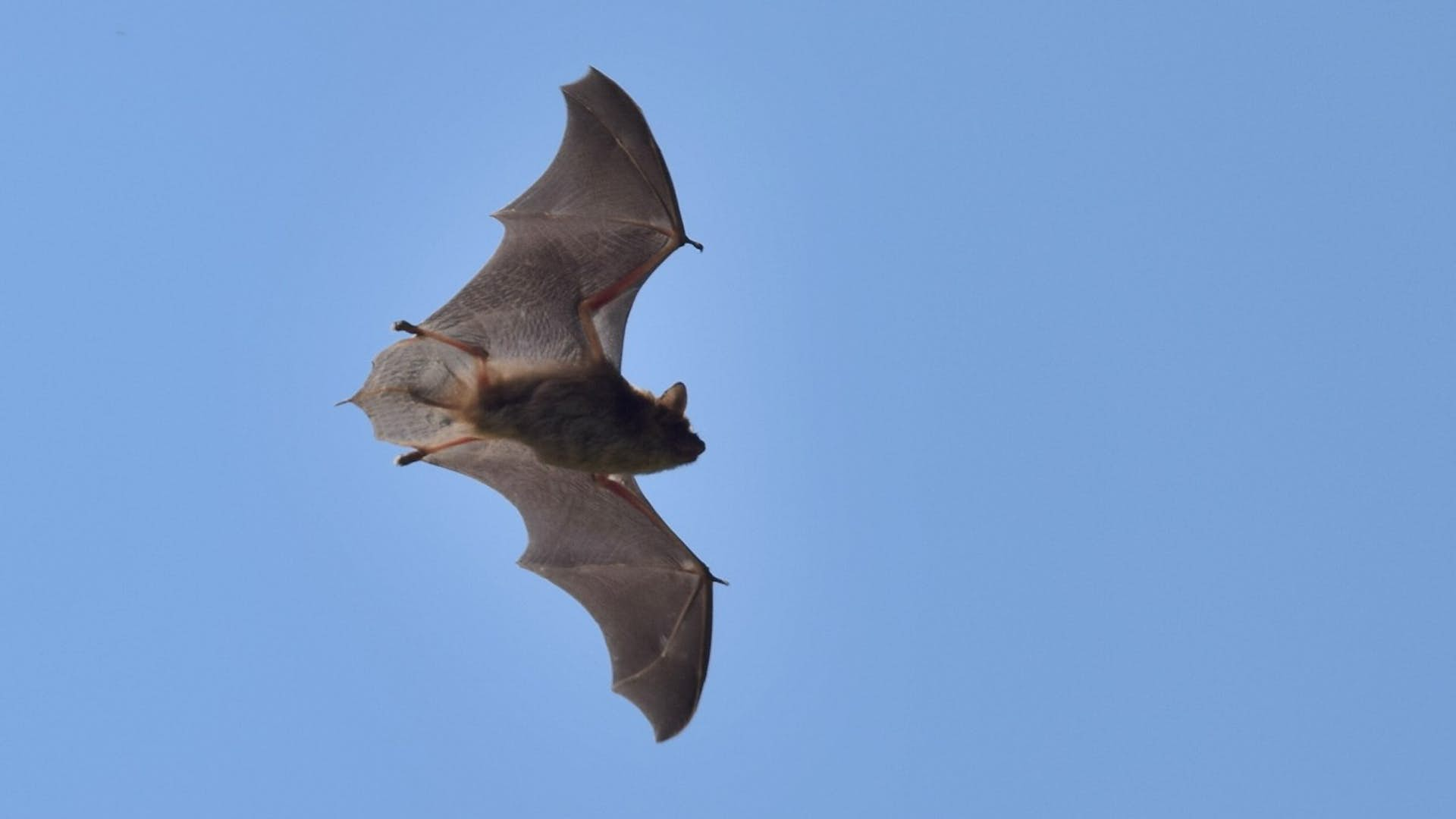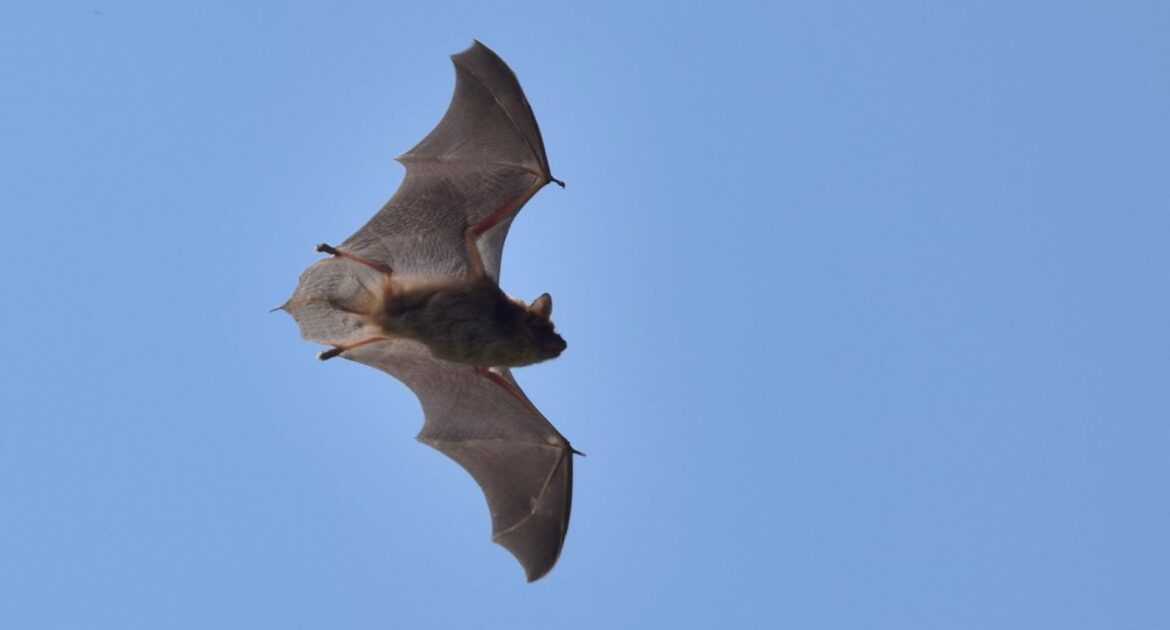It is fairly easy to confuse bats with birds, especially as it starts getting dark in the evening. At one point, human beings believed that the ability to fly meant that bats were a type of bird, albeit a bird without feathers. As scientists learned more about birds, they discovered that not all birds can fly but all birds have feathers. As it turns out, bats are completely different animals despite some superficial similarities. A problem with either bats or birds on your property warrants a call to wildlife control in Okanagan.
How Are Bats Different From Birds?
The system of Linnean taxonomy is a way of categorizing living things and organizing them into groups based on how similar they are. It is arranged in a series of levels, and the more levels two animals have in common, the more closely they are related. Both bats and birds belong to the Kingdom Animalia and the Phylum Chordata. However, birds belong to the Class Aves while bats belong to the Class Mammalia, meaning that there are significant differences between the two despite their shared ability to fly.
You can start to tell the differences between the two just by looking at them. Birds’ bodies are mostly covered with feathers, while bats’ bodies are mostly covered with fur. A bird’s mouth is a toothless beak, while bats have sharp teeth embedded in their jawbones.
Like other mammals, bats give birth to live young, and their bodies produce milk with which they can feed their babies. Birds reproduce by laying eggs. Birds don’t have the ability to produce milk for their babies once they hatch, so they have to forage for edible items with which to feed them.
Both birds and bats have wings, but their wings are different from one another. The plumage, shapes, and lengths of bird wings vary based on their species and the actions they have to do. Nevertheless, bird wings are consistently stiff and covered with feathers. In order to fly, birds have to flap their wings completely. Most of the time, birds’ wings only move in a couple of directions, but there are exceptions, such as the hummingbird, that have a wider range of motion.
A bat’s wings are basically modified front claws. There are elongated “fingers” with thin and highly flexible membranes stretched between them that also connect to the legs. There are approximately as many joints in a bat’s wings as there are in the human hand, which means that bats can change the shape of their wings. This allows them to conserve more energy when they fly compared to birds.
What Benefits Do Birds and Bats Offer?
Bats and birds can each benefit human beings in significant ways. Both types of animals eat insect pests that can harm crops. Bats eat flying insects, while birds more often go after larvae. Birds that feed on seeds may disperse them through their excrement, helping to promote biodiversity in the ecosystem. Bats, especially those that eat nectar, help to pollinate plants, which is the way that they reproduce. Without pollination, food crops would be unable to produce fruit or seeds.
Why Is Spring an Important Season for Bats and Birds?
Bird eggs need warmth in order to incubate. Many bird species, especially those that migrate during the winter, mate and lay eggs in the spring so that weather conditions will be favourable to the baby birds’ survival. Bats actually mate in the fall before hibernating, but their bodies delay fertilization so that they do not actually become pregnant until the spring and give birth in the summer.

Why Should You Call Skedaddle for Wildlife Control in Okanagan?
Both birds and bats are threatened by human activities and have laws in place protecting them. These laws limit when and how bat removal and bird removal can take place. We are familiar with these laws and can devise a plan for their removal that is in compliance.




